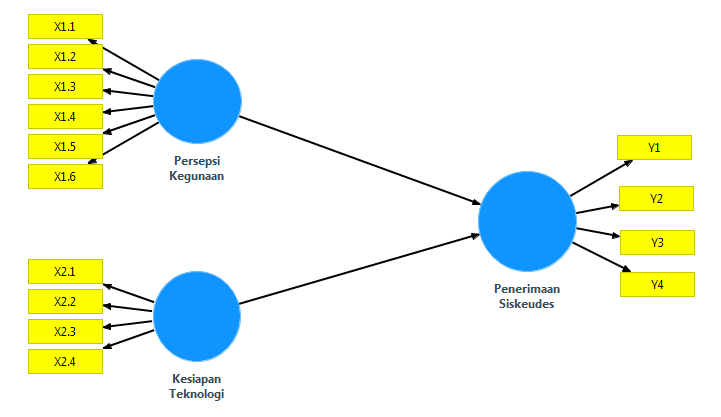Login untuk mengakses sumber berbasis langganan.
Penyerahan Naskah
Daftar Tilik Penyerahan Naskah
Penulis yang ingin memasukkan naskah harus memperhatikan poin-poin di bawah ini. Jika naskah tidak sesuai dengan persyaratan yang telah dicantumkan, ada kemungkinan naskah tersebut akan dikembalikan.- Penyerahan belum diterbitkan sebelumnya, atau sedang dalam pertimbangan jurnal lain (atau sebuah penjelasan belum disediakan dalam komentar kepada editor).
- File naskah dalam format file dokumen OpenOffice, Microsoft Word, RTF, atau WordPerfect.
- Ketika tersedia, URLs untuk referensi telah disediakan.
- Teks 1 spasi; font 12; italic; tidak digaribawahi (kecuali alamat URL); dan semua ilustrasi, figur, dan tabel yang ditempatkan di dalam teks pada poin yang tepat, jangan di akhir.
- Teks yang mematuhi persyaratan mengenai perpustakaan dan gaya bahasa digambarkan secara garis besar di Petunjuk Penulis, yang akan ditemukan dalam halaman Tentang Kami.
- Jika penerimaan untuk bagian peer-review dari jurnal, instruksinya terdapat di Memastikan Reviewer Anonim telah diikuti.
Pemberitahuan Hak Cipta
The Authors submitting a manuscript do so on the understanding that if accepted for publication, copyright of the article shall be assigned to Jurnal AGROSWAGATI, Sekolah Pascasarjana Ilmu Pertanian. Universitas Swadaya Gunung Jati as publisher of the journal. Copyright encompasses rights to reproduce and deliver the article in all form and media, including reprints, photographs, microfilms, and any other similar reproductions, as well as translations.
Jurnal AGROSWAGATI, Universitas Swadaya Gunung Jati and the Editors make every effort to ensure that no wrong or misleading data, opinions or statements be published in the journal. In any way, the contents of the articles and advertisements published in Jurnal AGROSWAGATIare the sole responsibility of their respective authors and advertisers.

